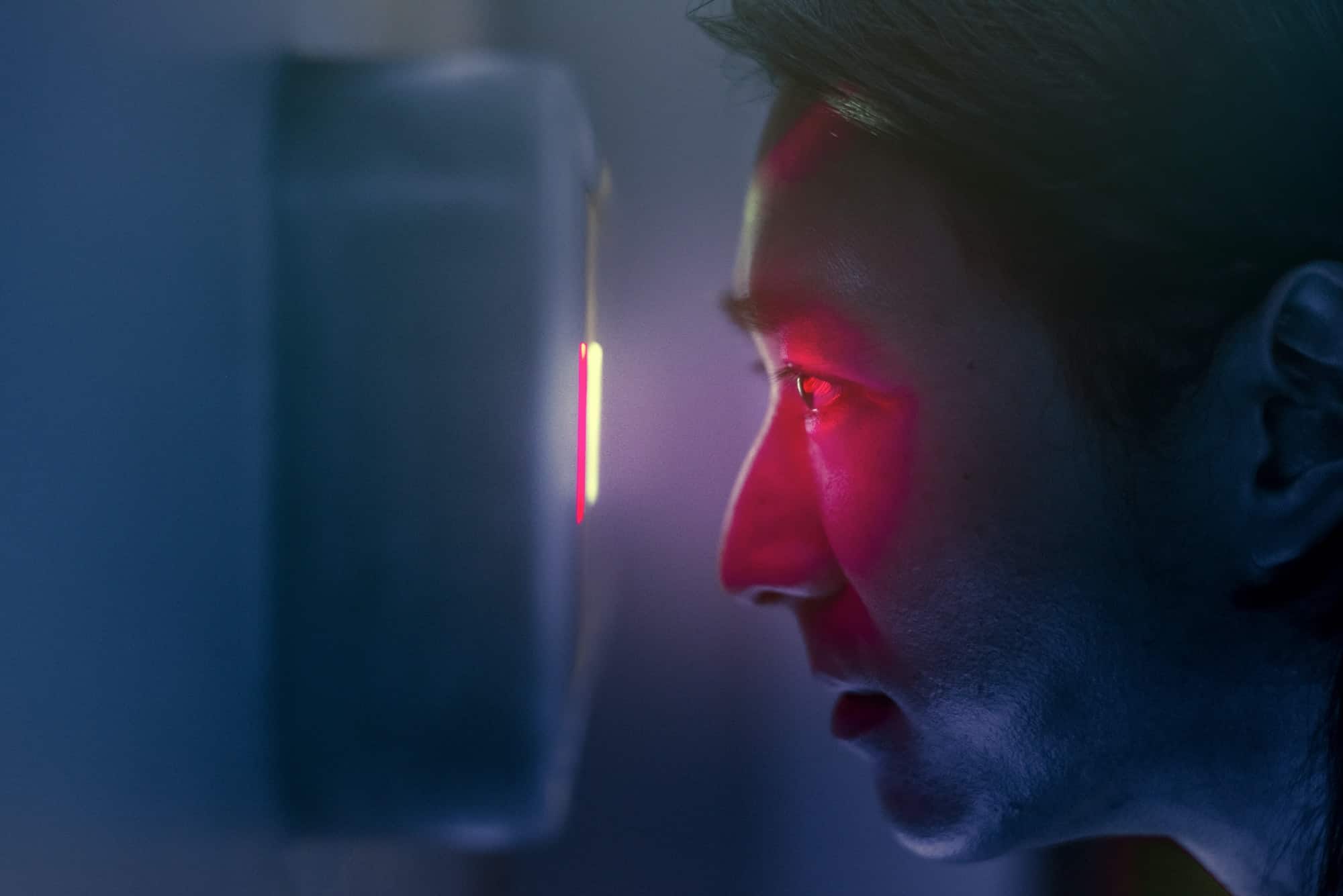Today, smartphones have become an inseparable part of our daily lives. With these handheld devices, we can easily access our emails, make transactions, store valuable data, and connect with the world. Consequently, the security of these devices has become a critical concern. As technology continues to evolve, biometric authentication has emerged as one of the most secure and user-friendly ways to ensure the safety of your digital world. In this article, we will explore the latest developments in biometric security for smartphones, focusing on technologies such as fingerprint, facial, and iris recognition.
The Evolution of Biometric Authentication
Biometrics, the measurement and statistical analysis of people’s physical and behavioral characteristics, have been playing a pivotal role in the identification and authentication of individuals. This technology, which was once limited to high-security areas and sci-fi movies, has now become the norm in smartphone security.
This might interest you : How to Tackle Food Deserts with Mobile Grocery Initiatives in the UK?
The first wave of biometric authentication in mobile devices was the fingerprint scanner. These scanners, which made their debut on smartphones back in 2013, provided a significant leap in security compared to traditional password or PIN-based systems. They offered a unique, unchangeable form of identification that was incredibly difficult to fake.
But technology didn’t stop evolving there. Today, we’ve seen an even more advanced form of biometric identification emerge on our devices – facial recognition. And more recently, iris recognition has started to make its way onto our smartphones, offering even greater security.
Also to read : What’s the Impact of Augmented Reality on Retail Shopping Experiences?
The Power of Fingerprint Recognition
Fingerprint recognition is the most widely adopted form of biometric authentication on smartphones due to its simplicity, speed, and reliability. Each individual has a unique fingerprint pattern that remains unchanged throughout their lifetime.
Fingerprint scanners on smartphones work by capturing a digital image of the fingerprint pattern, then processing and storing this information. When a user attempts to unlock their phone, the scanner compares the newly captured fingerprint data with the stored data. If there’s a match, access is granted.
The latest development in fingerprint recognition technology is the in-display fingerprint scanner. Unlike traditional scanners that require a dedicated space on the device, in-display scanners allow for a seamless, edge-to-edge screen design. They use ultrasonic or optical technology to read the ridges and valleys of your fingerprint through the smartphone’s display, adding an extra layer of convenience without compromising on security.
Facial Recognition: The Next Level
While fingerprint recognition has improved significantly over the years, the introduction of facial recognition technology has taken smartphone security to the next level. With the help of advanced sensors and cameras, smartphones can now map and recognize the unique features of your face to verify your identity.
Sophisticated facial recognition systems use a combination of 2D and 3D mapping techniques, infrared sensors, and artificial intelligence to capture the detailed features of a user’s face. This technology is not just secure; it’s also incredibly convenient. Simply looking at your device can unlock it.
The latest smartphones have made significant improvements in facial recognition technology, such as liveness detection, which ensures that the system cannot be fooled with a photograph or mask. Moreover, these systems have become faster and more accurate, ensuring a seamless user experience without compromising on security.
Iris Recognition: The Future of Biometric Authentication
The iris, the coloured ring around your pupil, is an incredibly detailed and unique feature. Like fingerprints, no two irises are the same, not even in identical twins. This makes iris recognition one of the most secure biometric technologies.
Iris recognition technology works by illuminating the iris with infrared light and taking a high-resolution photograph. This image is then converted into a digital template, which is stored for future comparison. When a user tries to unlock their smartphone, the iris scanner captures a new image and compares it with the stored template.
While iris recognition is still relatively new to smartphones, it’s quickly gaining popularity due to its high level of security and ease of use. Furthermore, as iris recognition does not require physical contact with the device, it offers a more hygienic alternative to fingerprint scanners, an important consideration in the wake of global pandemics.
In conclusion, biometric authentication has come a long way in smartphones, providing a highly secure and user-friendly way to protect our digital identities. From fingerprint scanners to facial recognition to iris scans, each technological advancement has brought us closer to a future where our biometric data is the key to our digital world. As technology continues to evolve, we can expect even more secure and convenient biometric authentication methods in the future.
Voice Recognition: The Rise of ‘Talk and Unlock’
Undeniably, another significant development in biometric authentication for smartphones is the advent of voice recognition technology. Just as our fingerprints, faces, and irises are unique, so are our voices. Voice recognition technology, often used in conjunction with other biometric methods, has proven to be a valuable tool in bolstering smartphone security.
Voice recognition technology operates by taking an audio sample of the user’s spoken words and converting it into a digital format. This digital format, known as a voice print, contains key characteristics of the individual’s voice such as pitch, tone, and rhythm. When a user attempts to unlock their smartphone using voice recognition, the system compares the voice print with the stored voice model. If the two match, access is granted.
The convenience and hygiene factor of voice recognition technology cannot be overstated – one can unlock their smartphone without the need to touch it, simply by speaking. This makes it an attractive feature for situations where hands-free operation is preferable. Notably, the technology has advanced to be adept at distinguishing between different accents, speech impediments, and background noises, thereby significantly reducing the chances of false rejections.
Moreover, developers are leveraging artificial intelligence to enhance voice recognition capabilities. Advanced systems can now discern between a live voice and a recorded one, thus, preventing any attempts at spoofing.
Biometric Security: The Way Forward
As we move further into the digital age, the need for secure and reliable authentication methods is more critical than ever. Biometric technology has revolutionized the way we protect our smartphones and other mobile devices, offering a robust level of security combined with unparalleled convenience.
Law enforcement agencies are also recognizing the value of mobile biometrics for identity verification. The adoption of biometric technology in law enforcement has significantly increased across North America, and the trend is expected to continue globally. This not only helps in ensuring public safety but also streamlines the process of identifying suspects and victims.
The constant evolution of biometric technology is undoubtedly fascinating. From the initial use of fingerprint recognition to the introduction of facial and iris recognition, and now the rise of voice recognition – each innovation is a testament to the relentless pursuit of security in an increasingly digital world.
Furthermore, biometric security is not just limited to smartphones. The technology is being incorporated into a wide range of devices, including tablets, laptops, and smart home gadgets. Multi-factor authentication, which combines two or more biometric identifiers, is also gaining traction as it provides an additional layer of security, making it almost impossible to breach.
In conclusion, biometric authentication is the future of mobile security. Each stride in this field brings us closer to a world where our unique biometric data is the key to our digital lives. As technology continues to evolve, we can look forward to even more secure and user-friendly biometric authentication methods in the future. Meanwhile, it is crucial for us to stay informed and adapt to these advancements, ensuring the security of our digital identity.
















